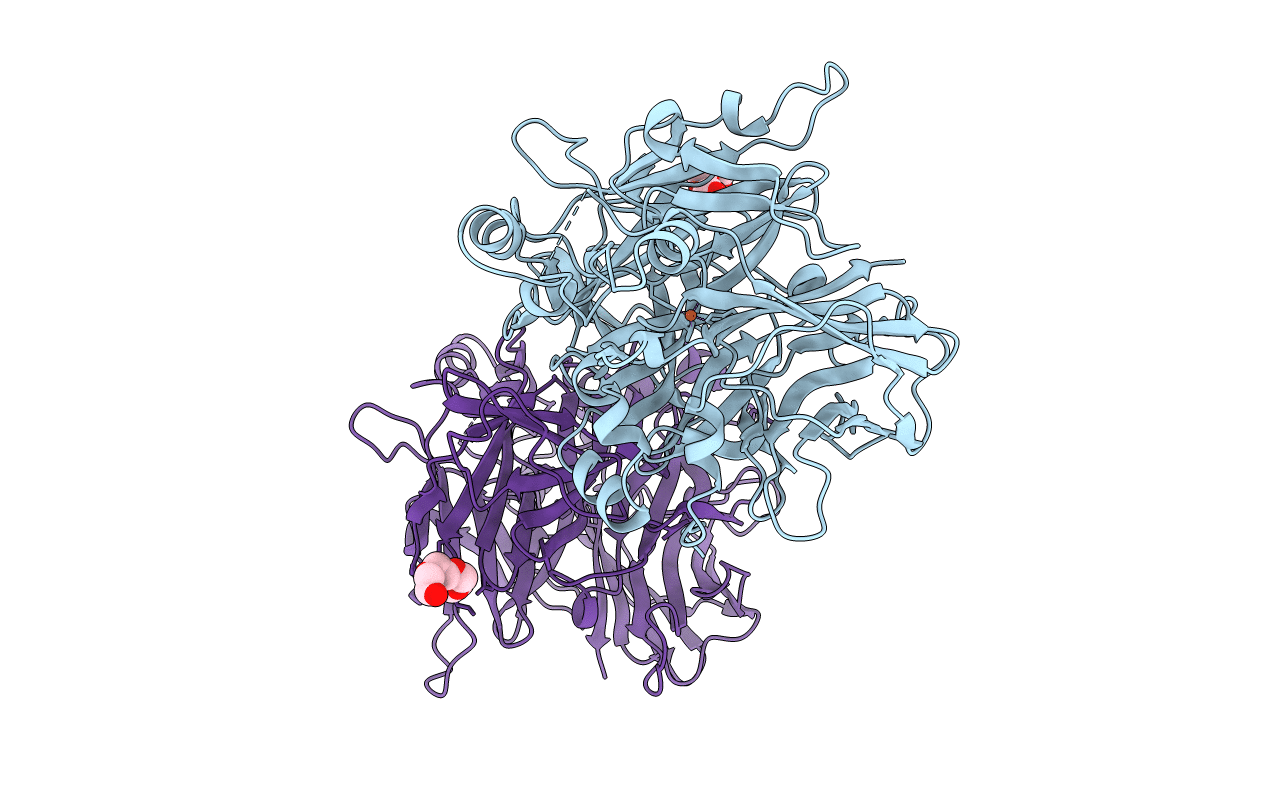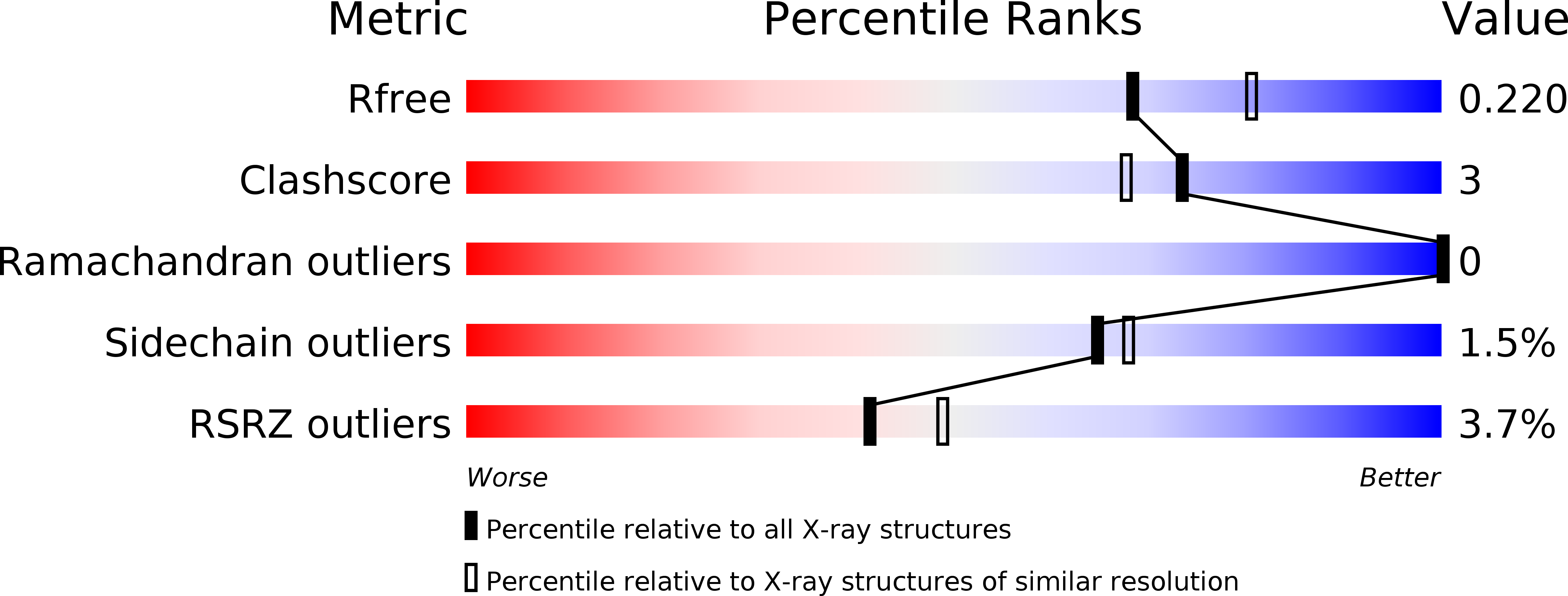
Deposition Date
2009-01-11
Release Date
2009-09-29
Last Version Date
2024-02-21
Method Details:
Experimental Method:
Resolution:
2.14 Å
R-Value Free:
0.21
R-Value Work:
0.17
R-Value Observed:
0.18
Space Group:
P 65


